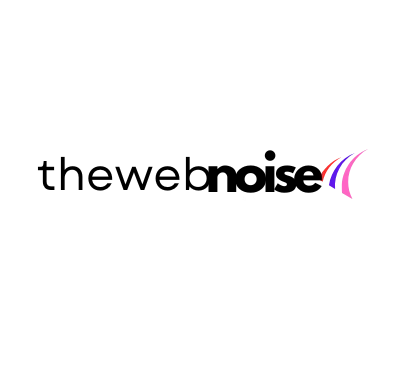AI that predicts soccer players’ movements
Researchers belonging to the Graduate School of Information Science and Technology, the University of Tokyo and the Research Center for Advanced Science and Technology, the University of Tokyo published a paper titled ” Teaching system for judgment grounds using a neural network in predicting kick direction in soccer”, which is a soccer PK. (Penalty kick), we developed a machine learning model that predicts the kicking direction.
In addition, we published a research report investigating whether it is effective for goalkeeper training to teach the characteristics of the movement specified by the system as the basis for judgment.
In soccer penalty shootouts, it takes a long time for a kicked ball to reach the goal, so the goalkeeper looks at the opponent’s movement before kicking and predicts it, and usually jumps to the left or right almost at the same time as the kick, aiming to defend the goal. . What is important here is to predict in advance which direction the ball will be kicked from the action of the opponent player to some extent.
But such predictive skills can only be acquired by a well-trained and experienced goalkeeper. In this study, we developed a machine learning model that can judge kicks in penalty kicks, and verified whether the movement characteristics derived from this model are effective for the training process for goalkeepers.
Specifically, first, using the kicker’s joint coordinates obtained from the captured video, a neural network extracts the grounds for determining the direction of the kick. Next, we will investigate whether the experimental participants feel that the extracted grounds for judgment are appropriate as the grounds for their own judgment, and whether the instruction will change the strategy or change the prediction accuracy.
Using a GoPro camera outdoors, 292 kicking motions of a single player were filmed. OpenPose was used to detect 24 joint coordinates from the video, and Hough transform was used to detect the ball. A total of 80 frames, including the frame where the ball and the foot touched and the 79 frames immediately before that, were used as input for the machine learning model.
The learned model outputs a group of joint coordinates for each frame as a visualization of judgment grounds. The joint position is represented by a red circle, and the greater the radius of the red circle, the greater the contribution to prediction. Grad-CAM was used to visualize the basis for judgment.
An experiment was conducted to verify whether the judgment basis visualized by the proposed system is effective for human prediction learning.
In the experiment, participants were divided into three groups: a group that did not present the basis for judgment, a group that presented the basis for judgment visualized, and a group that presented instructions on how to interpret the basis for judgment in addition to the visualization basis, and compared the changes before and after learning.
The instruction here is, for example, “The movement of the center of gravity of the upper body just before stepping on the pivot foot (left foot) is an important movement. It is expressed.”
This instructional sentence was created based on the characteristics judged to have a particularly large contribution by Grad-CAM, and has the purpose of giving participants a linguistic interpretation of the visualized judgment basis. Some participant groups can read such explanations in advance.
As a result of conducting an experiment with 48 male and female participants, the correct prediction rate was significantly higher after learning only in the group with judgment basis and teaching sentences.
In the questionnaires for the two groups that provided the basis for their judgment, they said, “Although the AI emphasized the left arm, I think it would have been possible to answer more confidently if it looked at the left arm as well as the foot.” There were several comments that felt that the basis for the judgment was appropriate.
A certain effect was observed despite the short-term learning evaluation, and the participants felt that the visualized basis for judgment was appropriate, suggesting that linguistic teaching of the basis for judgment is effective in practice. bottom.
In addition, since this time only the data of one player is used and only the left and right kicking directions are determined, evaluations that include differences in trends for each player, up and down, and detailed movements such as gaze are also expected. can.
An AI Chatbot Gone Viral. How Good Is It, Actually? Talks
Source and Image Credits: Takumi Honda, Hiroto Saito, Souhei Wakisaka, Masahiko Inami, Teaching system for judgment grounds using neural networks in soccer kick direction prediction, Transactions of the Virtual Reality Society of Japan,


















